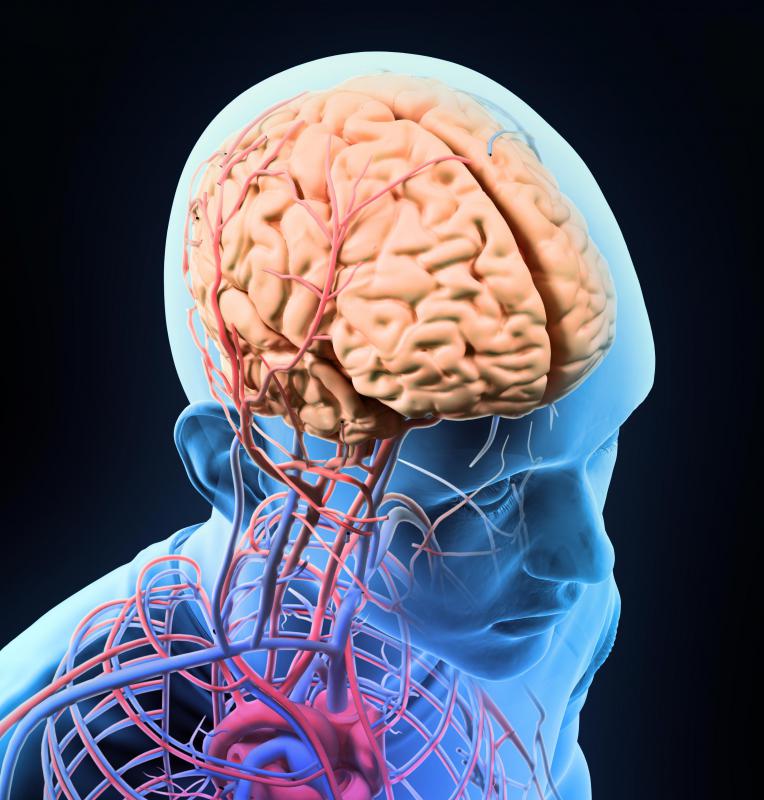At WiseGEEK, we're committed to delivering accurate, trustworthy information. Our expert-authored content is rigorously fact-checked and sourced from credible authorities. Discover how we uphold the highest standards in providing you with reliable knowledge.
What Are the Functions of the Parietal Lobe?
A brain is divided into several areas, each of which have differing functions. The parietal lobe is located at the top and rear of the skull behind the frontal lobe. The functions of the parietal lobe range from perception of visual and touch stimuli to preparing a plan of action to respond to these stimuli. Disruption of the functions of the parietal lobe can also result in language, movement, and writing problems.
Neuroscientists sometimes split the parietal lobe into the dominant and the nondominant parietal lobes. The nondominant section is mostly involved in registering the visual and spatial information that a person needs to move smoothly through space and to know where his or her body parts are at any one time. This area constructs the perception of the world that we need to move through it. Other forms of stimuli that the lobe registers are touch, pain, and temperature.

The dominant section takes these sensory stimuli and collates them together as instructions to the body on how to move in response to the stimuli. Then, the signals move to the frontal lobe, which tells the relevant body parts to move. If the right-hand side of the parietal lobe is damaged, an affected person may have trouble perceiving parts of his or her body and could also have trouble constructing objects because he or she is unable to put all the visual and spatial stimuli together accurately.

Most right-handed people have dedicated areas for language in the left-hand side of the brain, although others may have these centers on the right-hand side. The functions of the parietal lobe on whichever side is used for language include mathematics, writing, and spoken language skills. An injury to this area can produce symptoms such as problems writing, issues with mathematical calculations, and abnormal speech. Damage to the left-hand side of the parietal lobe is also associated with the patient confusing left and right and problems identifying objects correctly.

If both sides of the parietal lobe are affected by an injury or a disease, a patient may be unable to form a coherent visual picture of the world around him or her. Use of visual and spatial stimuli to successfully reach for an object may also be affected. The sufferer may also be unable to control the direction of his or her gaze. Unusual symptoms that may arise with epilepsy patients, who have lesions that affect the functions of the parietal lobe, include unnatural sensations such as heat and pain. They may also feel like parts of their bodies are in positions that they are not or suffer from hallucinations or vertigo.
AS FEATURED ON:
AS FEATURED ON:















Discuss this Article
Post your comments